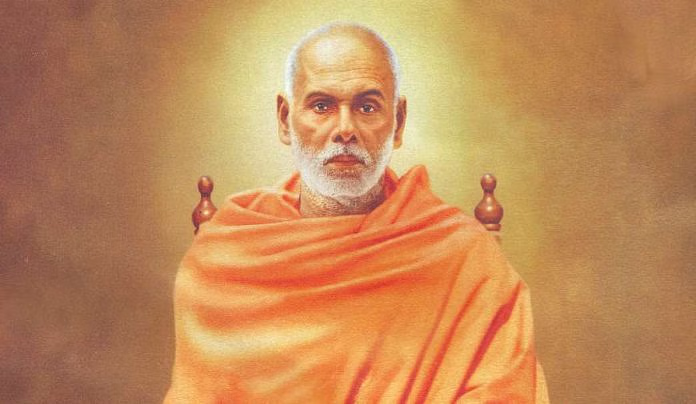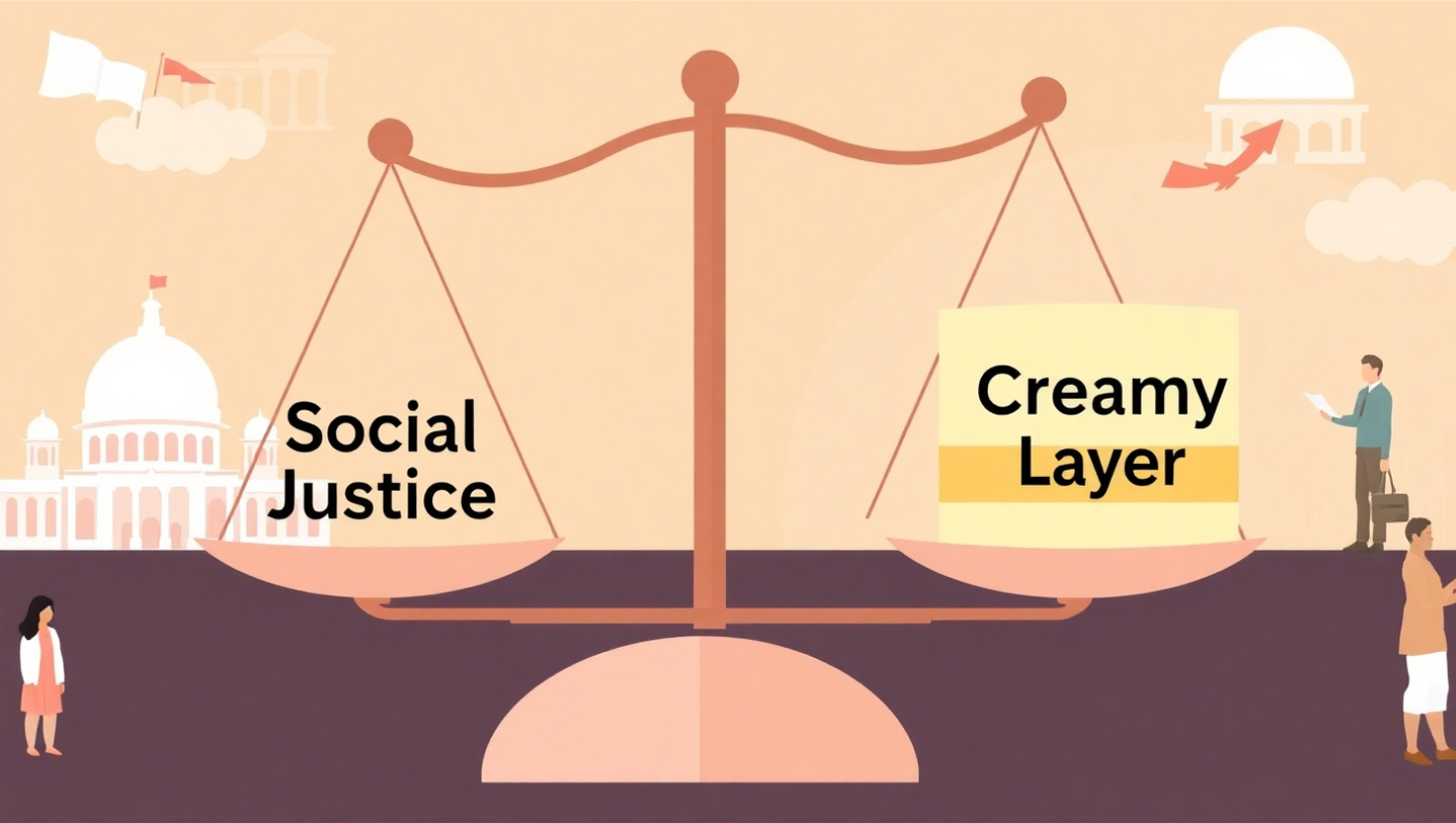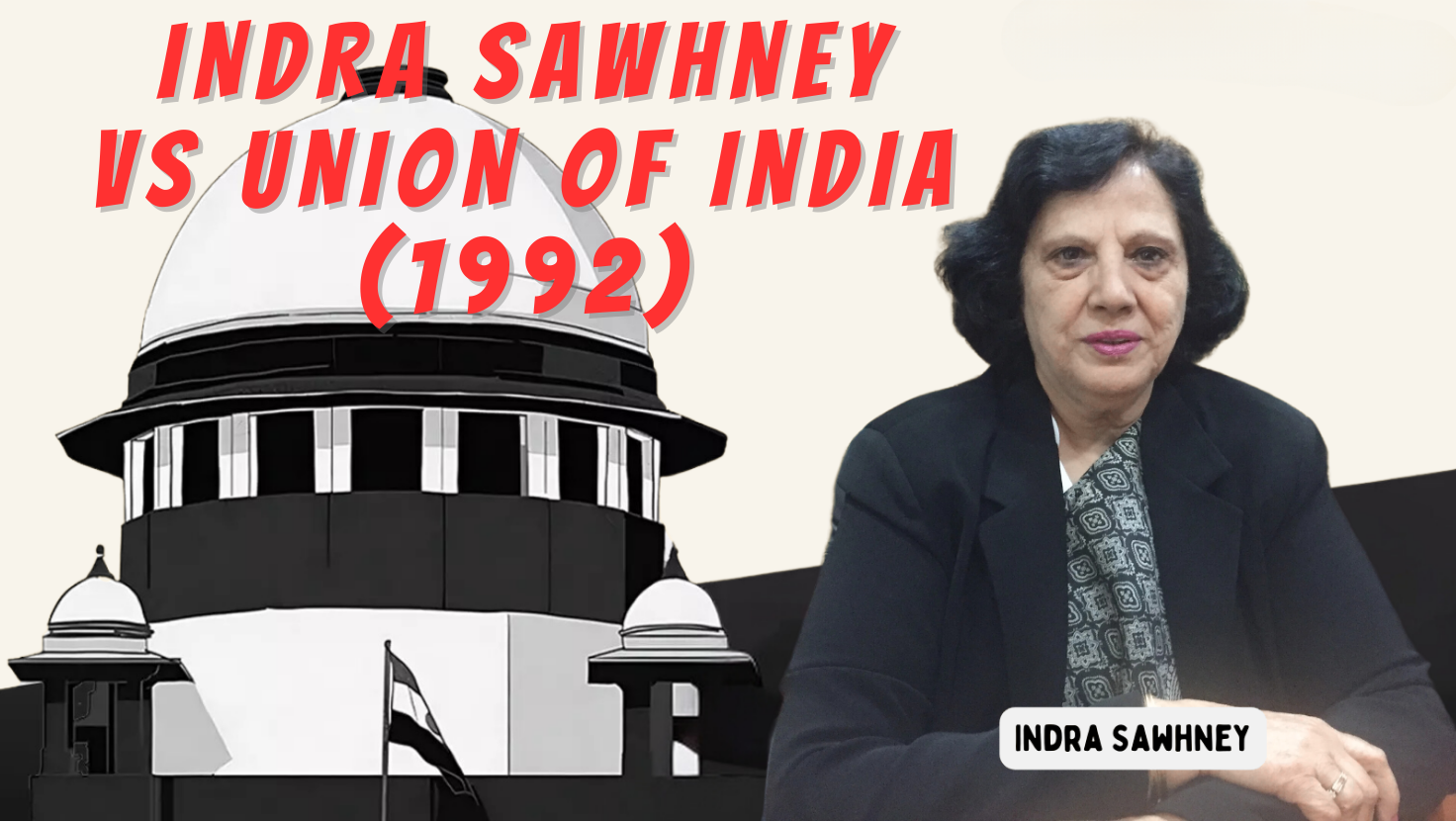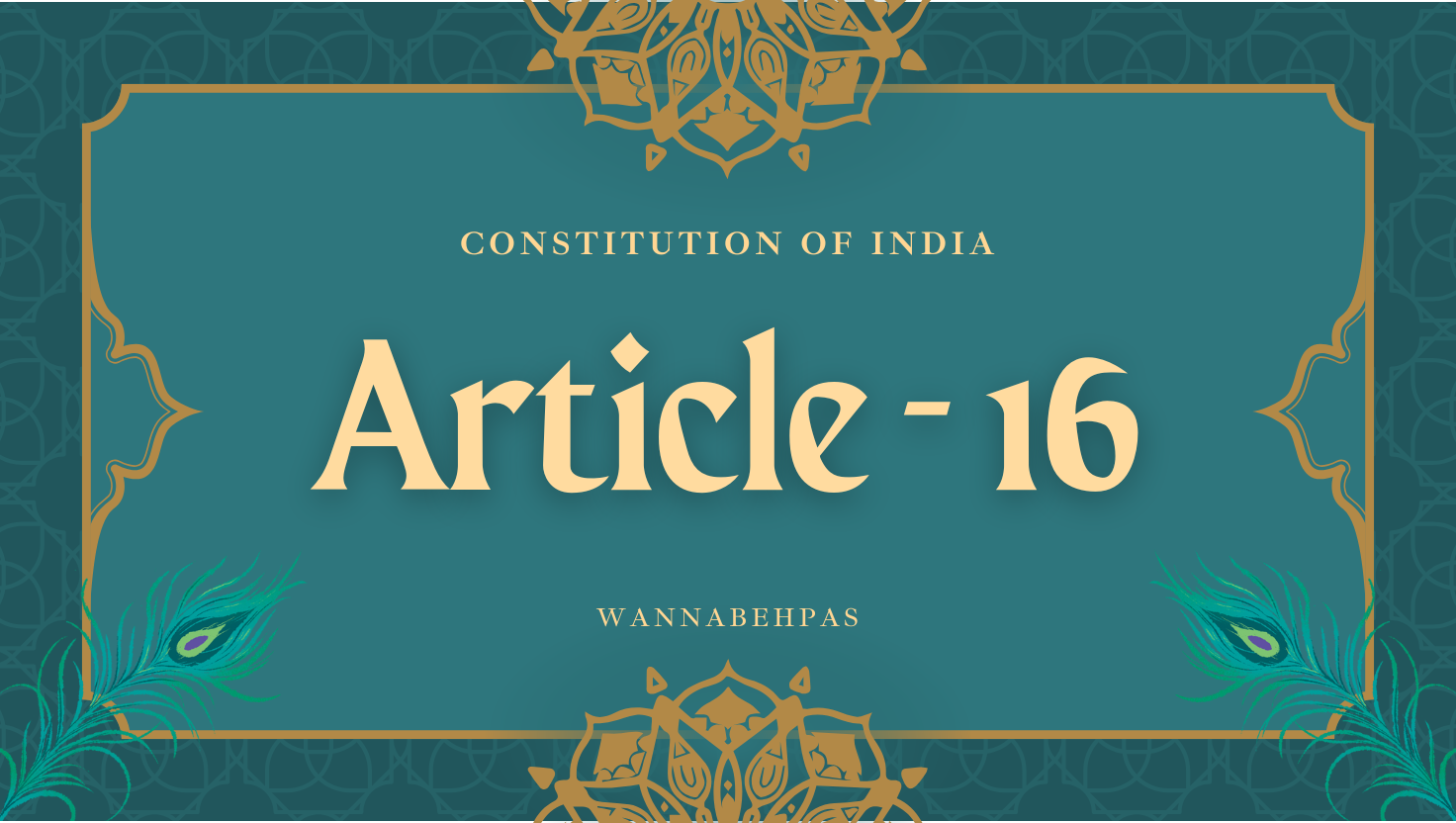Sree Narayana Guru: The Saint Who Transformed Kerala’s Social Landscape
Why In News:
The Prime Minister is set to inaugurate the centenary celebration of a historic event — the 1925 conversation between Sree Narayana Guru and Mahatma Gandhi. This moment marked a significant chapter in India’s social reform and freedom movement.
Who Was Sree Narayana Guru?
Sree Narayana Guru (1856–1928) was a revered saint, philosopher, poet, and one of India’s most impactful social reformers. Born in Chempazhanthy, near Thiruvananthapuram, Kerala, he belonged to the Ezhava community, which faced severe caste-based discrimination.
Despite these challenges, Guru rose to become a leading voice against the caste system and untouchability. His life and teachings laid the foundation for a more equal and inclusive society, especially in Kerala.
Key Contributions and Role in Freedom Movement
- Fought Against Caste Discrimination:
Guru openly opposed the rigid caste system and worked tirelessly to promote equality among all communities. - Vaikom Satyagraha:
He played an important role in the Vaikom Satyagraha, a civil rights movement in Kerala that demanded temple entry for people from lower castes. - Inspired National Leaders:
His ideals deeply influenced leaders like Mahatma Gandhi, and aligned with the values of non-violence and justice during India’s freedom struggle.
Philosophy and Beliefs
Sree Narayana Guru believed in universal brotherhood and unity among people. His most famous message was:
“One Caste, One Religion, One God for Humanity.”
He advocated for:
- Education as a tool for social upliftment.
- Spiritual growth and self-purification.
- Religious harmony, stating: “Whichever be the religion of a man, it suffices if it makes him a better man.”
Major Social Reforms
- Temple Reforms:
In 1888, he consecrated a Shiva Lingam at Aruvippuram, challenging Brahmin dominance in temple worship.
He later built over 40 temples across Kerala, which welcomed people of all castes. - Educational Initiatives:
He set up schools, colleges, libraries, and literary clubs to promote education, especially among marginalized communities. - Institutions Founded:
- Sivagiri Mutt (1904) – A spiritual and reformist center.
- Aluva Ashram (1914) – For promoting religious and spiritual study.
- SNDP Yogam (1903) – An organization for the social and economic upliftment of lower castes.
Literary Works
Sree Narayana Guru was also a gifted writer. His works combined philosophy, devotion, and social awareness. Some of his important writings include:
- Advaitha Deepika
- Atmavilasam
- Daiva Dasakam
- Brahmavidya Panchakam
These texts continue to inspire readers with their messages of peace, unity, and self-realization.
Legacy
Sree Narayana Guru’s teachings remain relevant today as India continues to tackle issues of social inequality and discrimination. His life was a beacon of compassion, equality, and spiritual wisdom.
The 1925 meeting between Gandhi and Guru is not just a historical moment but a symbolic convergence of social reform and national freedom.
Conclusion:
Sree Narayana Guru’s life is a powerful reminder that real change begins with courage and compassion. His efforts redefined the cultural and social landscape of Kerala and provided a blueprint for social justice movements across India.
As the nation commemorates the centenary of his meeting with Mahatma Gandhi, it’s a moment to reflect on the values of equality, education, and unity — ideals that continue to guide India’s journey forward.











